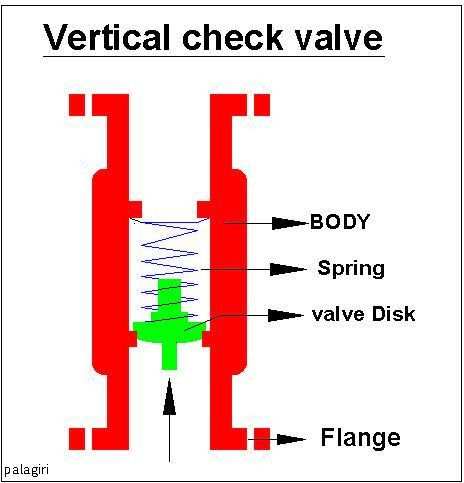|
Icy Ball
Icyball is a name given to two early refrigerators, one made by Australian Sir Edward Hallstrom in 1923, and the other design patented by David Forbes Keith of Toronto (filed 1927, granted 1929), and manufactured by American Powel Crosley Jr., who bought the rights to the device. Both devices are unusual in design in that they did not require the use of electricity for cooling. They can run for a day on a cup of kerosene, allowing rural users lacking electricity the benefits of refrigeration. Operation (Crosley Icyball) The Crosley Icyball is as an example of a gas-absorption refrigerator, as can be found today in recreational vehicles or campervans. Unlike most refrigerators, the Icyball has no moving parts, and instead of operating continuously, is manually cycled. Typically it is charged in the morning, and provides cooling throughout the heat of the day. Absorption refrigerators and the more common mechanical refrigerators both cool by the evaporation of refrigerant. (Evapora ... [...More Info...] [...Related Items...] OR: [Wikipedia] [Google] [Baidu] |
Icy Ball Top
Icy commonly refers to conditions involving ice, a frozen state, usually referring to frozen water. Icy or Icey may also refer to: People * Icy Spicy Leoncie, an Icelandic-Indian musician Arts, entertainment, and media Music * ICY (band), a vocalist trio * "Icy" (Itzy song), 2019 * "Icy" (Gucci Mane song), 2005 * "Icy", a song by Kim Petras from the album ''Clarity'', 2019 * "Icy", a song by Logic from the album '' Confessions of a Dangerous Mind'', 2019 * "Icy", a song by Vain from the album ''No Respect'', 1989 * "Icey", a song by Young Thug from the EP ''On the Rvn'', 2018 Other * ''Icey'', a 2016 video game * Icy, a member of the Trix in the fictional series ''Winx Club'' Other uses * Icy (application), a package manager for iPhone OS * iCy, a penguin toy that is similar to the iDog See also * The Icee Company, makers of ICEE frozen carbonated beverage * IcyHot, a brand of liniments * ICEE (other) ICEE may refer to: Conferences *International Conference on Electr ... [...More Info...] [...Related Items...] OR: [Wikipedia] [Google] [Baidu] |
Check Valve
A check valve, non-return valve, reflux valve, retention valve, foot valve, or one-way valve is a valve that normally allows fluid (liquid or gas) to flow through it in only one direction. Check valves are two-port valves, meaning they have two openings in the body, one for fluid to enter and the other for fluid to leave. There are various types of check valves used in a wide variety of applications. Check valves are often part of common household items. Although they are available in a wide range of sizes and costs, check valves generally are very small, simple, and inexpensive. Check valves work automatically and most are not controlled by a person or any external control; accordingly, most do not have any valve handle or stem. The bodies (external shells) of most check valves are made of plastic or metal. An important concept in check valves is the cracking pressure which is the minimum differential upstream pressure between inlet and outlet at which the valve will operate. ... [...More Info...] [...Related Items...] OR: [Wikipedia] [Google] [Baidu] |
